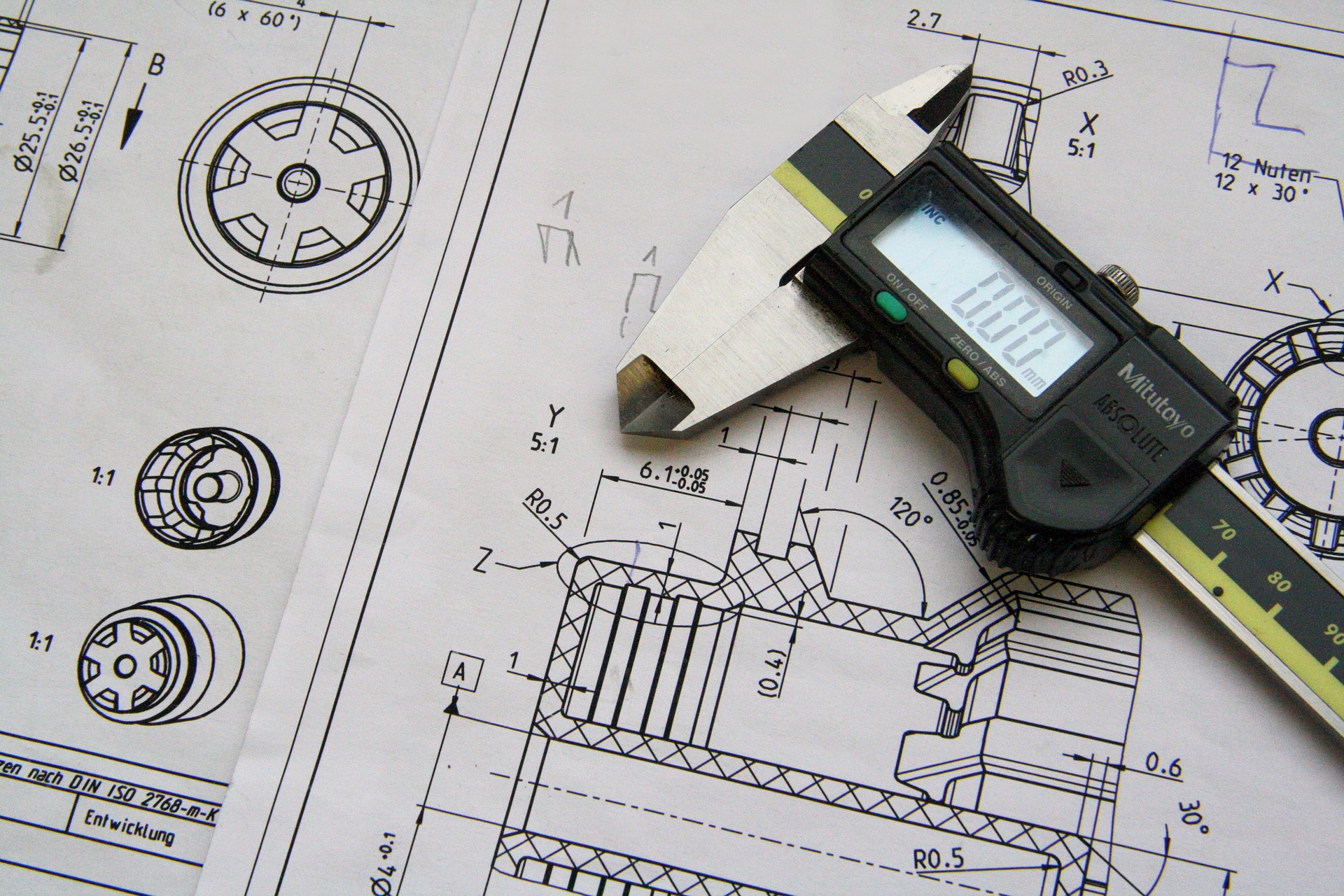What makes an effective patent?
Patent litigation generally boils down to the legal interpretation of one or two carefully chosen words out of the thousands of words which make up each patent application. You, as the inventor, are the expert on the technical aspects of your own invention. It is, however, advisable to commission a patent attorney to draft your patent application as they are the experts in gaining legal protection for inventions.
The technical aspects and legal protection must seamlessly bond together within your patent application in order to obtain commercially meaningful patent protection. As the inventor, you can ensure this seamless bonding by providing clear, detailed disclosures of the invention and thoroughly checking the drafted patent application. It is particularly important to check that the claims section of the drafted patent application is directed towards your commercial interests.
What is the patent application?
A patent application is a document which explains exactly how an invention works and exactly which parts of the invention are new and inventive. A patent application is split up into various sections – the sections of primary importance are the description, the claims and the drawings. Once granted, a patent allows the owner of the patent to stop others making, using, selling, importing or stocking the invention in territories where the patent is in force.
What are claims?
The protection afforded by a patent is defined by the claims. The claims are either independent claims or dependent claims. Every feature that is described in an independent claim should be essential. Significant but non-essential features can be described in a dependent claim. For example, bristles might be considered essential for a toothbrush. A new type of coating on those bristles might be considered attractive but non-essential. In this case, the bristles would be included in an independent claim and the coating would be included in a dependent claim.
The independent claim sets the scene and the dependent claims (which always refer back to an independent claim) provide additional options. Mentioning a non-essential feature in the independent claim makes it easier for competitors to work around your patent.
For example, competitors may be able to adapt your invention to leave out the non-essential feature which you have claimed – this would mean they are not infringing your patent, and you do not have the right to stop them from making their adapted version. In legal terms, they are not making your invention because your invention contains all the features of the independent claim. A patent application may contain multiple independent claims and multiple dependent claims.
What do the description and drawings do?
The description and drawings of the patent application are used to support the interpretation of the claims. They can also be used as fallback positions for the claims should the claims need to be amended.
In order to maintain the original date of filing of the application (the date from which your patent protection starts), it is not possible to add additional information or features to the patent application after it has been filed. It is however possible to amend the claims while the patent application is pending and for a short time after grant, provided that the amendments are already described in the claims, description or drawings as originally filed. It is therefore very important to capture as much information as possible in the description, in case you need to rely on it later to amend your claims.
Is it difficult to obtain a patent?
Provided that there is at least the possibility of an inventive concept, attaining a granted patent is not difficult. It is generally possible to continue adding limitations (or non-essential features) to the independent claim(s) until such a point that the claim is so specific and so limited that it couldn’t possibly be anticipated by a prior disclosure.
However, if the intention of attaining a granted patent is to stop others from making your invention, then an independent claim with unnecessary limitations which points to an extremely specific embodiment of the invention will not be useful.
The true value of a patent
Unfortunately, the true value of a patent may only be appreciated when the patent is used to defend the owner’s rights. This might occur at any time within the life of the granted patent. A slightly less than optimal word, an omission in the description or misused placement of features within a claim may be sufficient to destroy the patent owner’s hopes of stopping competitors. It is thus vital that a true technical review of the claims is performed in consultation with your patent attorney at the drafting stage and again at the patent office examination phase, in order to prevent surprises and disappointment at the litigation phase.
Should you need advice on a patent application, please contact us at mail@maclachlan.ie and we would be pleased to assist you.


